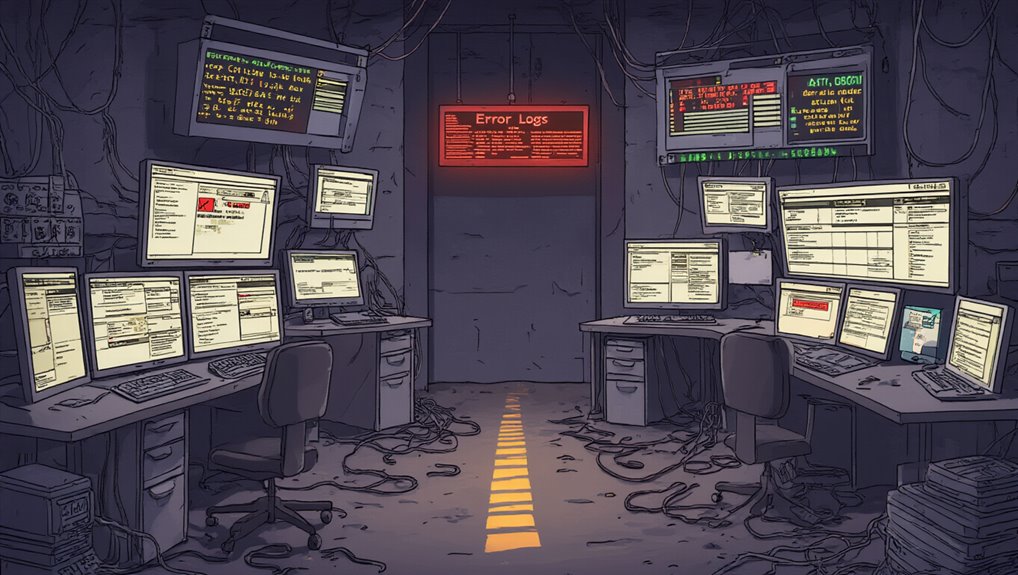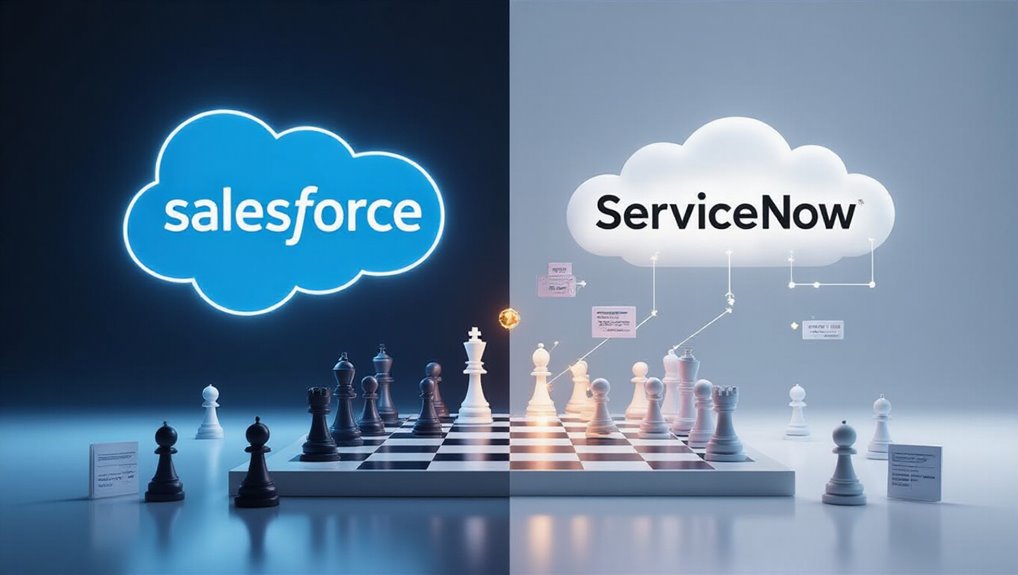When organizations commence on selecting a new IT Service Management (ITSM) tool, they often fall into predictable traps that can derail the entire implementation process. Research shows a high churn rate among ITSM tools, with companies frequently replacing solutions that fail to meet expectations. This pattern of disappointment stems from several common mistakes that decision-makers repeatedly make during the selection process.
One critical error is ignoring integration capabilities with existing systems. ITSM tools don’t operate in isolation—they must communicate effectively with your current technology ecosystem. Organizations that overlook this requirement often face costly customizations and workflow disruptions later.
Similarly, neglecting user experience considerations can doom implementation efforts from the start. Tools with unintuitive interfaces lead to poor adoption rates, regardless of their technical capabilities.
The true cost of an ITSM solution extends far beyond the initial purchase price. Many organizations underestimate total ownership costs by failing to account for implementation, ongoing administration, training, and support expenses. This shortsightedness creates budget strains and disappointment when unexpected costs emerge.
Additionally, proceeding without securing senior management buy-in greatly decreases the likelihood of successful adoption. Organizations that focus too tactically on immediate needs often fail to select tools that support long-term business objectives and scalability requirements.
To avoid these pitfalls, follow these selection principles:
- Evaluate integration capabilities with your current technology stack
- Prioritize user experience through hands-on testing with actual end users
- Calculate thorough TCO including all implementation and ongoing costs
- Secure executive sponsorship before proceeding
Organizations must also avoid over-engineering their solutions. Complex implementations frequently fail because they create unnecessary barriers to adoption. Instead, focus on tools that offer intelligent automation while remaining straightforward to use.
The most successful implementations pair appropriate technology with well-designed processes and thorough change management plans. Companies with integrated systems demonstrate a 92% lower churn rate and enhanced organizational efficiency, providing a significant competitive advantage.
Training investments cannot be overlooked. Even the most intuitive tools require proper user education to realize their full potential. Organizations that skimp on training inevitably experience lower ROI on their ITSM investment.
Another common mistake is selecting tools without considering enterprise service management needs, which can limit the solution’s effectiveness across various business functions.









